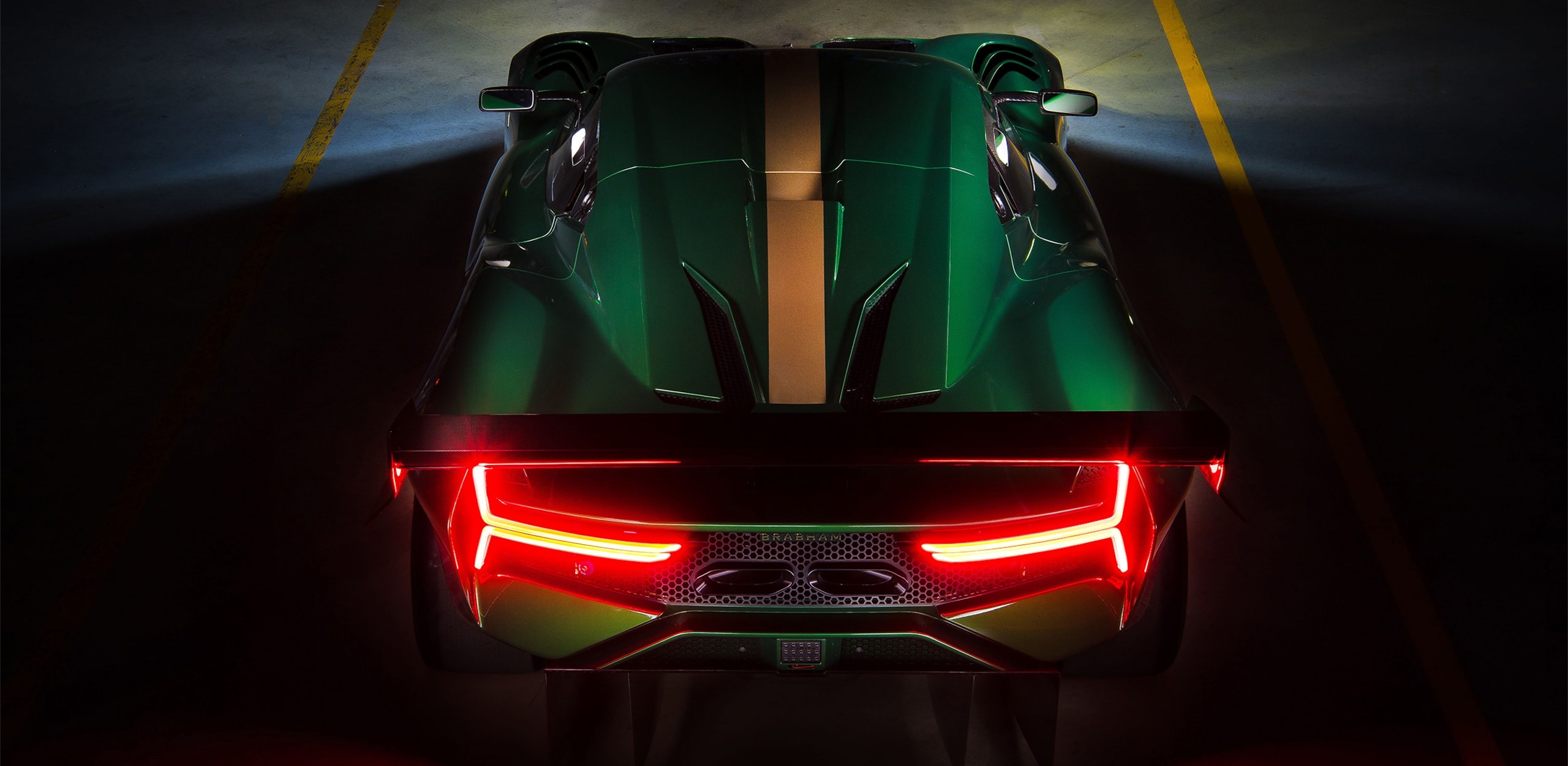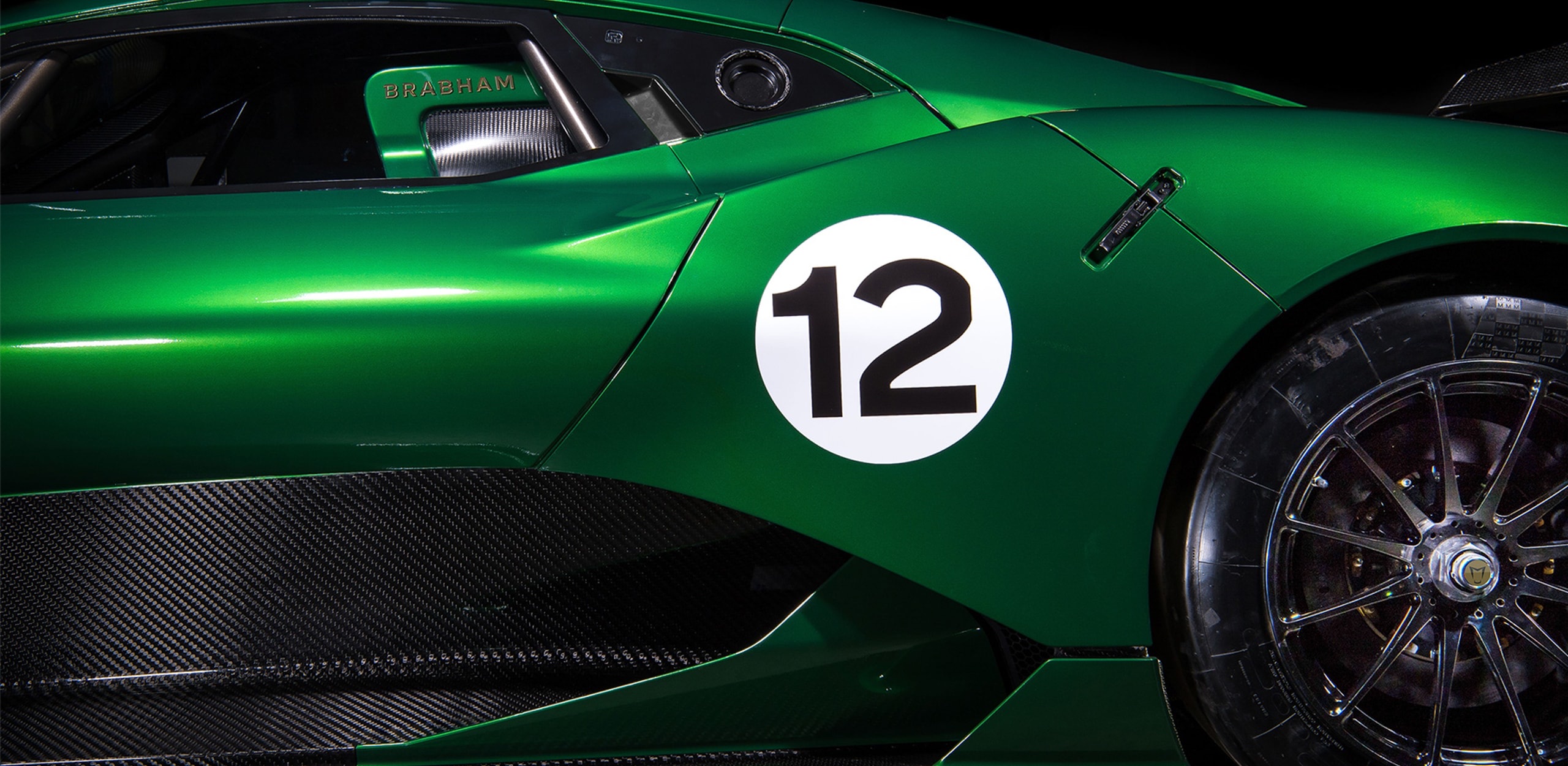
High performance automotive start-ups are nothing new, but few names are freighted with the history and cachet of this one. In 1966, ‘Black’ Jack Brabham became the first – and still the only – driver to win the Formula One world championship in a car of his own. He’d won the title previously, in 1959 and 1960 with the pioneering Cooper equipe, and his own team, called Motor Racing Developments co-founded with Ron Tauranac, would win 35 GPs in total. When a certain Bernie Ecclestone bought Brabham in 1971, a whole new chapter began, one which would encompass personalities as diverse as Gordon Murray, Niki Lauda and Nelson Piquet, not to mention cars such as 1978’s infamous BT46 ‘fan car’ and 1983’s magnificent BT52. Ecclestone’s shift to world-conquering billionaire F1 impresario precipitated Brabham’s decline in the early 1990s.
But that was then. Following a prolonged legal battle in the German courts – where the Brabham name had been registered by another company – 2018’s most unexpected automotive reincarnation has begun. The BT62 is a 700bhp, track-only hypercar, costing £1m (plus local taxes), effectively a GTE endurance racing car unconstrained by any rules or regulations. For that reason alone, it’s worth our attention. It’s powered by a normally aspirated 700bhp, quad-cam 5.4-litre V8, sourced from an OEM but so extensively revised that Brabham claims it as its own. The firm insists that the BT62 has been ‘specifically designed, developed and tested to reward like no other.’ That’s impossible to verify until we try it, but the numbers are certainly eye-catching: it weighs 972kg, giving it a power-to-weight ratio of 720bhp-per-tonne. That’s more than McLaren’s astonishing Senna, which makes do with a paltry 660bhp-per-tonne…
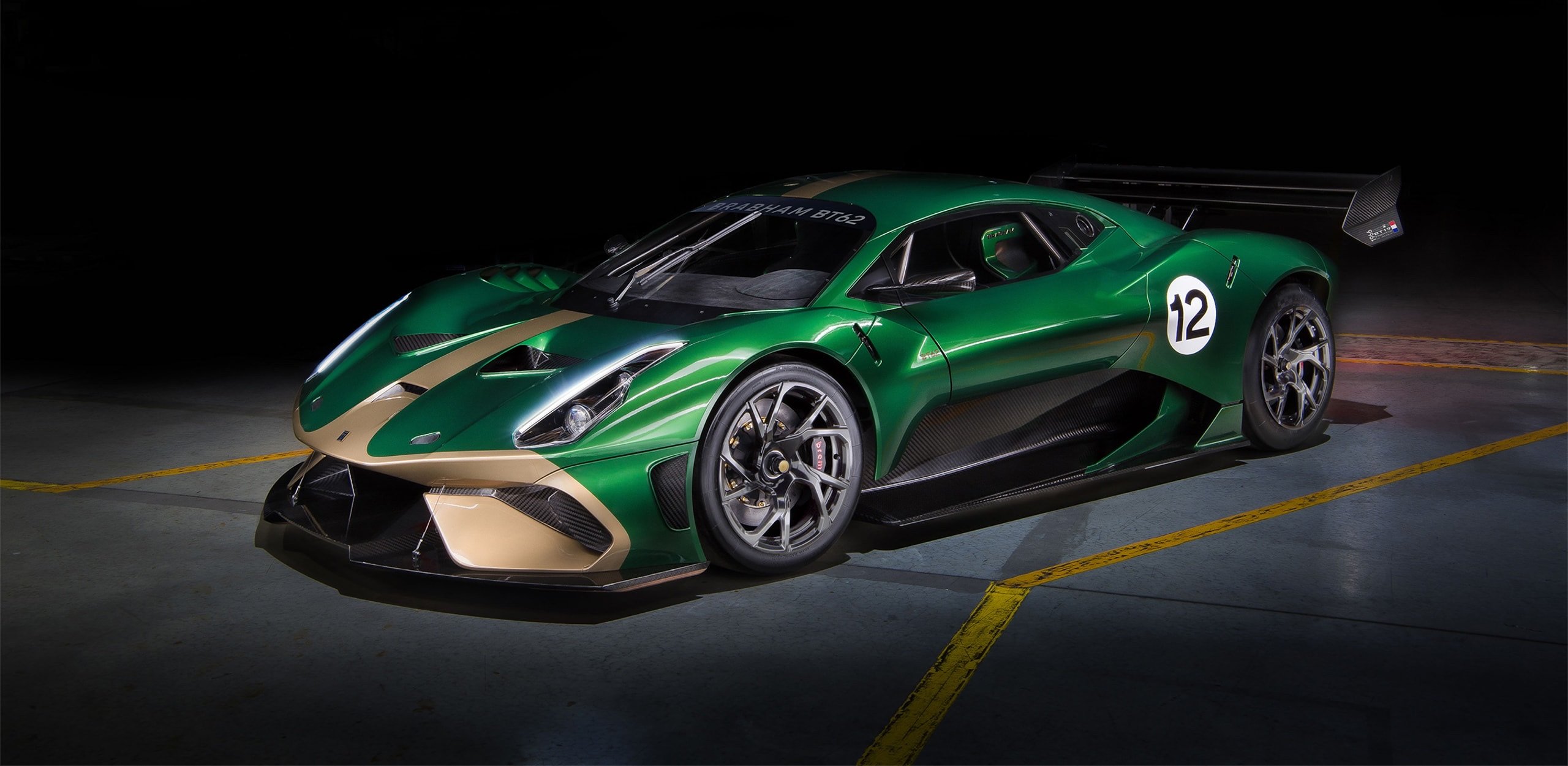
At 4.4m long and 1.9m wide, the BT62 is relatively compact, and its body manages to marry convincing aesthetics with frontier aerodynamic thinking. Check out the filigree touches around the front wheel-arches, which help minimise the high pressure disturbance generated in that area. The minimal rear overhang leaves a big chunk of tyre visible, if you can drag your eyes past the huge diffuser. The rear wing is equally mighty: Brabham claims 1200kg downforce overall, which firmly eclipses even titans like Ferrari’s FXX-K evo and McLaren’s P1 GTR.
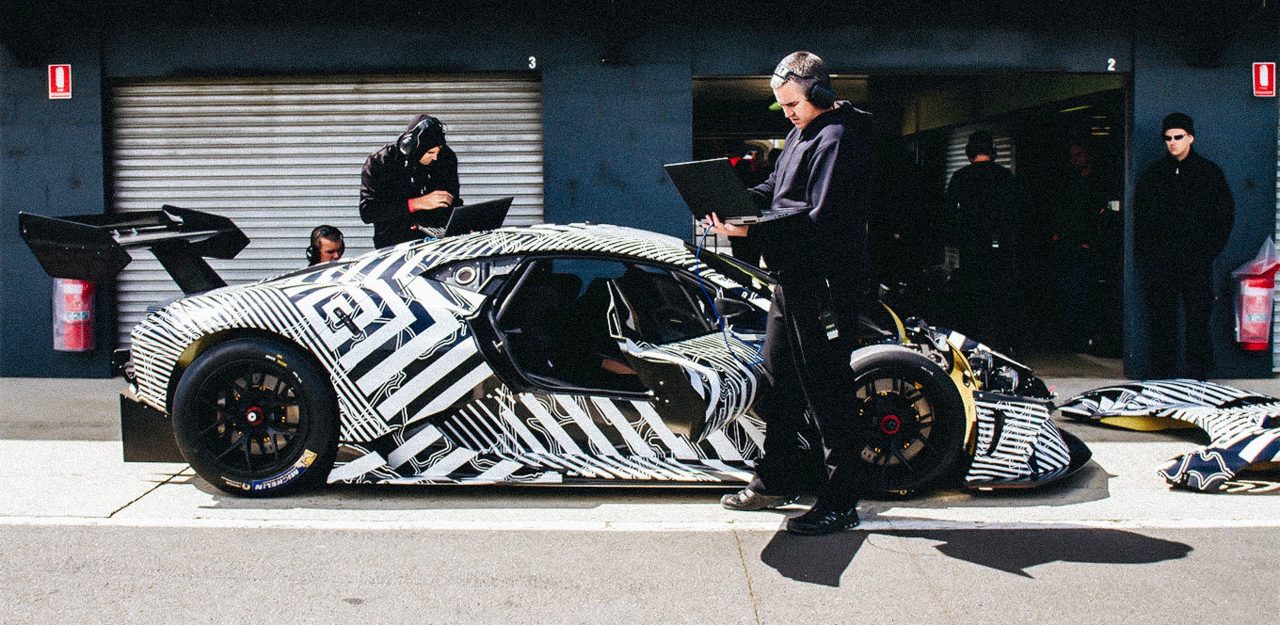
The BT62’s chassis is a tubular steel spaceframe, clothed in carbon fibre body panels. Öhlins supplies the pushrod actuated four-way adjustable dampers, and the brakes are carbon-on-carbon from Brembo (an innovation credited to Brabham, coincidentally). There’s a six-speed Holinger sequential gearbox with pneumatic valves, in tandem with steering wheel-mounted paddles, and a removable carbon fibre steering wheel. There’s also a six-point racing harness, the fuel tank can swallow 125 litres, and there’s an air jack and quick fill connectors. Michelin competition slick rubber is wrapped around centre-lock 18in wheels.
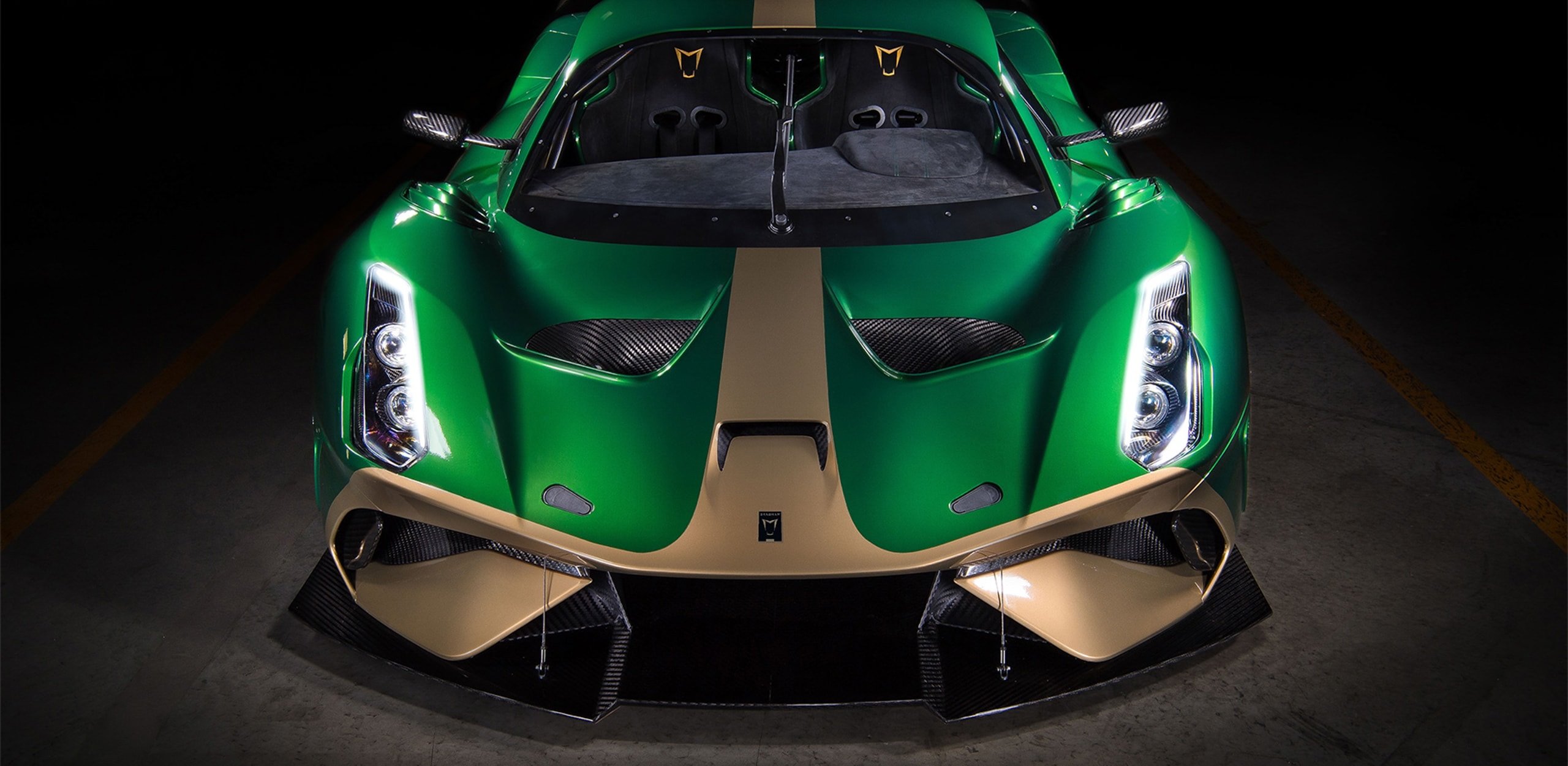
If all this screams ‘racing car’, then that’s not entirely surprising. Brabham’s head of development, Paul Birch, tells me that WEC is firmly on the agenda, with Le Mans targeted for 2020. “We’ll see,” he smiles. For now, though, the BT62 is all about unparalleled driver interaction. “It’s a massive step forward, even from the latest generation supercar,” Birch adds. “It requires real commitment from the driver, but the reward and satisfaction will be immense.”
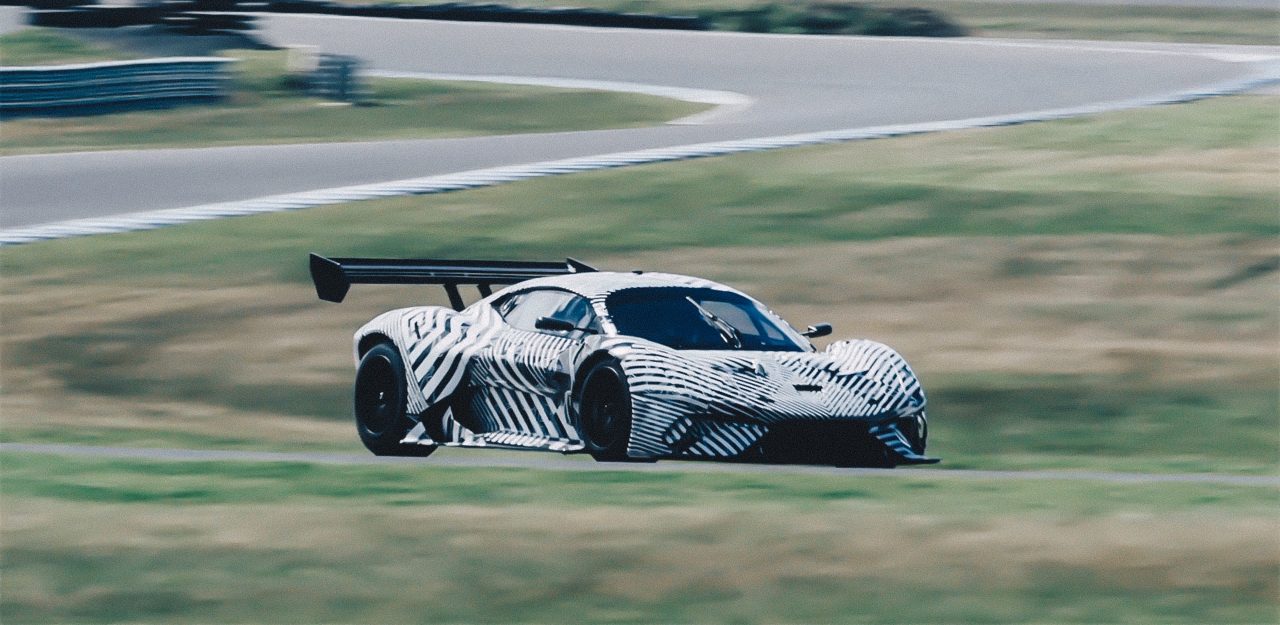
As with the Ferrari Corse Clienti and McLaren GTR programmes, driver development is also key to Brabham’s plan. “That’s an area David is very experienced in,” Birch says. “We’re not just selling a car with a gazillion horsepower and saying, ‘off you go’. We want to help the drivers to really grow. We’re working with Microsoft on its cognitive software, and the biometrics mean that we can help improve the driver’s emotional intelligence, monitor and map their stress levels in real time.”
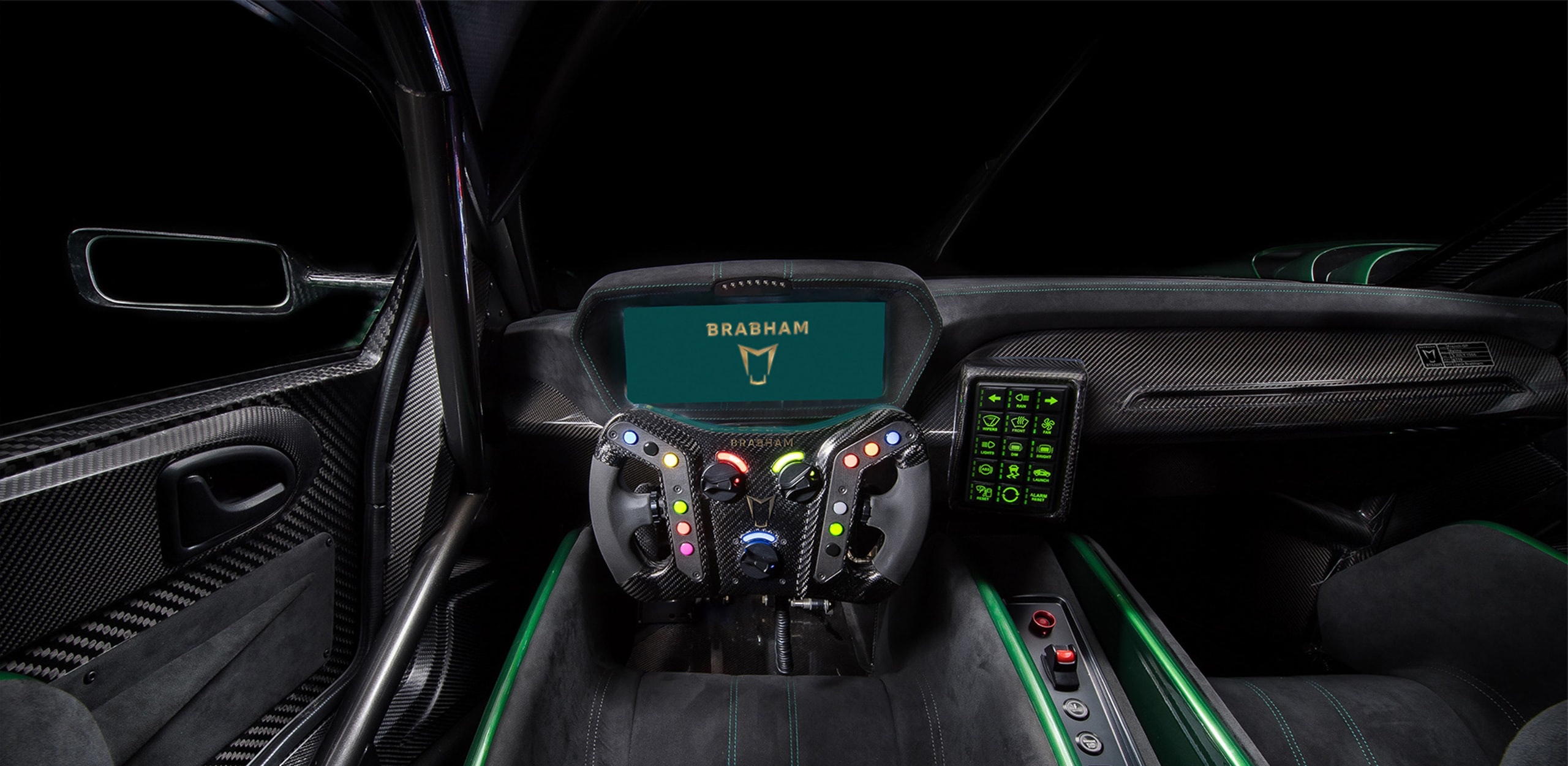
Production is pegged to 70 cars, honouring the 70 years that have elapsed since Jack Brabham began his racing career. (The launch car was finished in the green and gold livery used by Brabham when it won its debut race in the 1966 French GP.) Although the reveal was held in Australia House – home to the Australian High Commission in London, and also the location for Gringot’s Bank in the Harry Potter film franchise – David Brabham says the project is firmly Anglo-Australian. There’s an office in the UK, and another in Adelaide, where the BT62 will be manufactured in a 15,000 square metre facility in the city’s Edinburgh Park’s industrial estate. “We are Australia’s biggest car-maker,” he notes wryly. Financial backing for Brabham Automotive is from an investment fund called Fusion Capital.
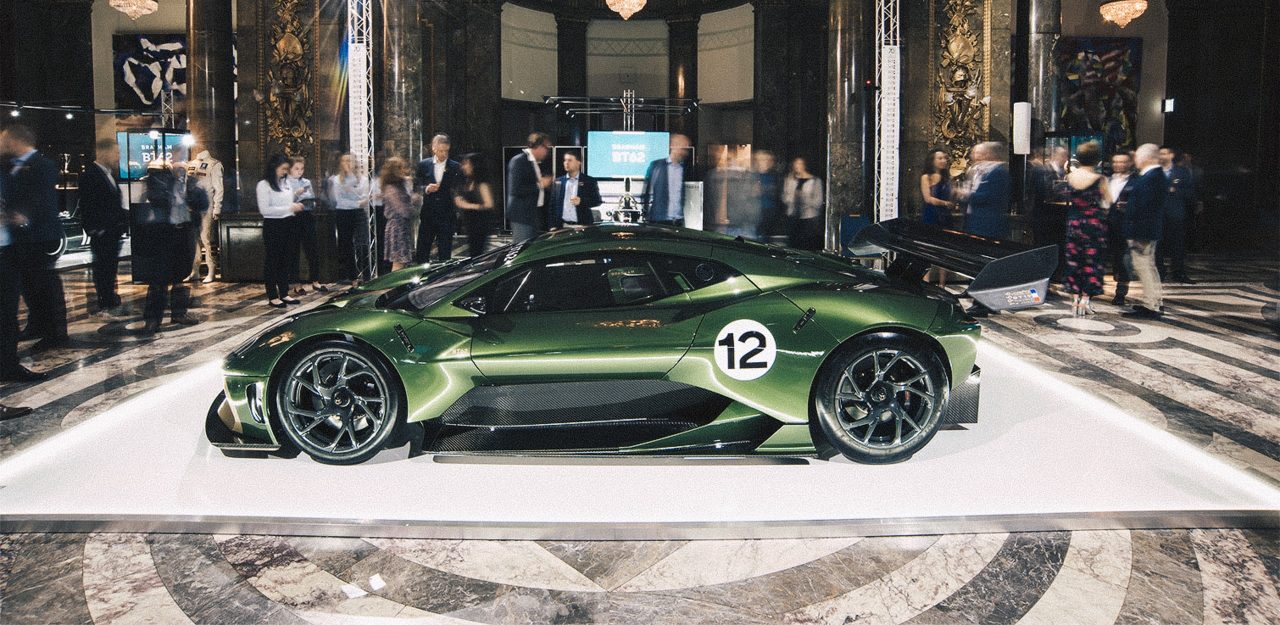
“We wanted to create something you just wanted to get into and drive. I’ve raced in GT2, GT1, GT3, LMP2, LMP1 and F1, so I can call on a lot experience,” David Brabham tells me. “I wanted something where the rear end would really stick, but that allows the driver to rotate it, too. It has to be a challenge, but without being unstable.
“This is the culmination of an idea I had 12 years ago, for the next stage of my career and life, but also to re-establish the Brabham name and see it return to global competition. What we’ve achieved is simply staggering, and I’m incredibly proud of what the whole team have done. We’ve got a long-term vision, and I needed to ensure we had the resources, and the finances to back that up. We had to come out looking really strong.”
No arguments about that.
